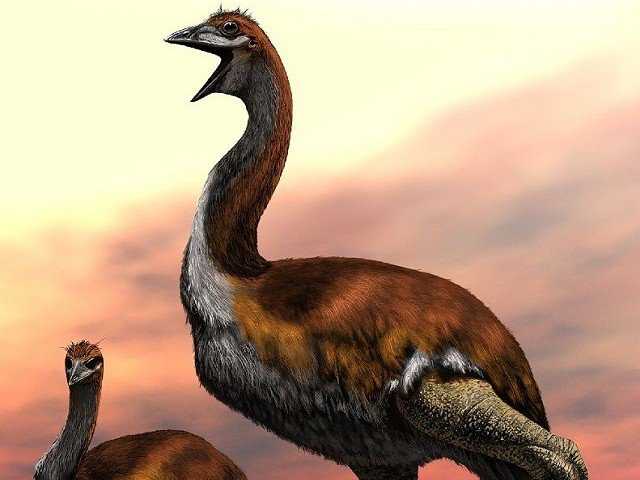Ending decades of doubt, ‘biggest bird’ dispute put to nest
27 September, 2018

After more than a century of conflicting evidence, Anglo-French animosity and a H.G. Wells novella involving murder most fowl, scientists said Wednesday they have finally solved the riddle of the world’s largest bird.
For 60 million years the colossal, flightless elephant bird — Aepyornis maximus — stalked the savannah and rainforests of Madagascar until it was hunted to extinction around 1,000 years ago.
In the 19th century, a new breed of buccaneering European zoologist obsessed over the creature, pillaging skeletons and fossilized eggs to prove they had discovered the biggest bird on Earth.
But a study released Wednesday by British scientists suggests that one species of elephant bird was even larger than previously thought, with a specimen weighing an estimated 860 kilograms — about the same as a fully grown giraffe.
“They would have towered over people,” James Hansford, lead author at the Zoological Society of London, told AFP. “They definitely couldn’t fly as they couldn’t have supported anywhere near their weight.”
In the study, published in the journal Royal Society Open Science, Hansford examined elephant bird bones found around the world, feeding their dimensions into a machine-learned algorithm to create a spread of expected animal sizes.
Until now, the largest-ever elephant bird was described in 1894 by the British scientist C.W. Andrews as Aepyornis titan — a larger species of Aepyornis maximus.
But a French rival of Andrews dismissed the discovery of titan as just an outsized maximus specimen, and for decades the debate remained deadlocked.
Hansford said his research proved titan was indeed a different species. But he also found that its bones were so distinct from other elephant bird specimens that titan was in fact an entirely separate genus.
